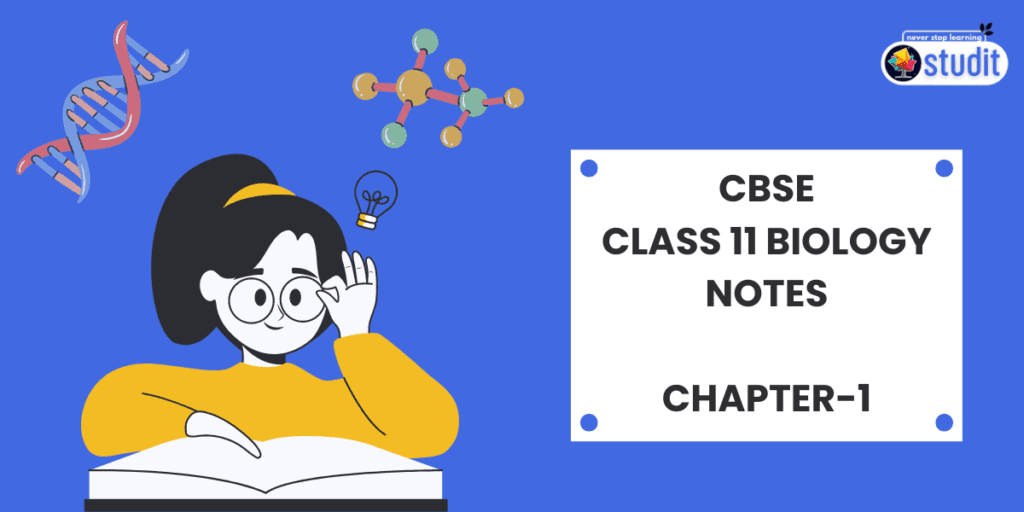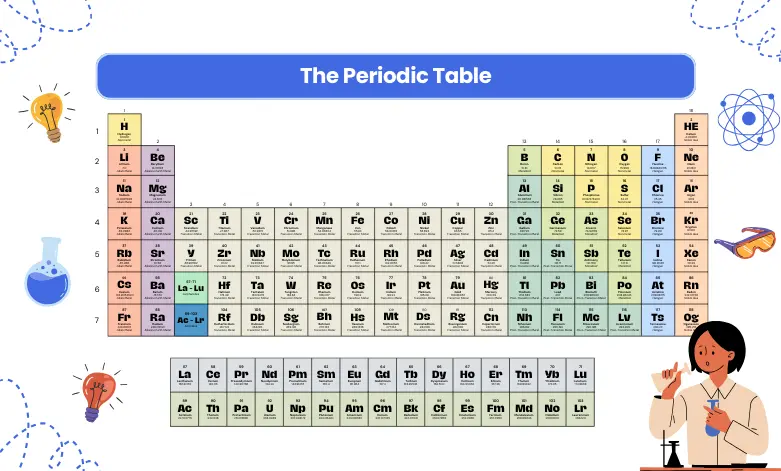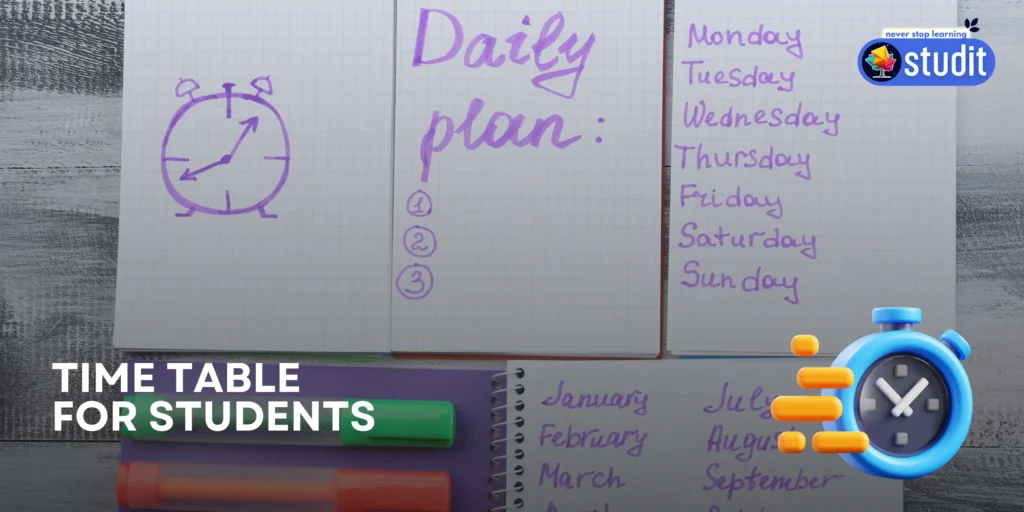The Living World Class 11 Biology Notes-CBSE
The Living World-Class 11 Biology Notes On This Page Introduction Key Concept Hierarchy of Taxonomic Categories Detailed Examples of Taxonomic Categories Understanding the Taxonomic Hierarchy Summary List of Practice Questions Introduction: The living world showcases an incredible diversity of organisms. Organisms are found in many habitats: mountains, deciduous forests, oceans, freshwater lakes, deserts and hot springs. Salient Features of Living Entities: Growth Reproduction Metabolism Mortality Ability to sense the environment Self-Organize Key concept: 1.1 Diversity of the Living World Observation: A wide range of living things, from visible plants and animals to microscopic creatures, are present in our surroundings. Species: There are 1.7–1.8 million known species now, with each unique type of organism representing a species. Biodiversity: Refers to The quantity and variety of living things on Earth. Nomenclature: The standardization of organism names through the use of systems such as the International Code of Zoological Nomenclature (ICZN) for animals and the International Code for Botanical Nomenclature (ICBN) for plants to prevent misunderstandings. Binomial nomenclature: Developed by Carolus Linnaeus, this system assigns a two-part Latin name to each creature, which consists of the particular epithet and the genus (Mangifera indica for mango, for example). Rules: Names must be written in italics and Latin. A capital letter appears at the beginning of the first word (genus); the second word (species) starts with a small letter. The name of the author who described the species appears at the end. (e.g., Magnifera indica Linn.) Classification & Taxonomy: Classification means grouping of organisms based on observable characteristics. Taxa (singular: taxon) are the units or categories in the biological classification system used to organize and classify living organisms based on shared characteristics. Based on characteristics, all organisms can be classified into different taxa. This process of classification is taxonomy. Hierarchy of Taxonomic Categories: Classification is not a single-step process but involves a hierarchy of steps, in which each step indicates a rank or category. Species: The basic unit of classification. A group of similar organisms capable of interbreeding. Example: Homo sapiens (Humans). Genus: A group of related species sharing common characteristics. Example: Panthera (Includes lions, tigers, leopards). Family: A group of related genera. Example: Felidae (Includes lions, tigers, and domestic cats). Order: A group of related families. Example: Carnivora (Includes Felidae and Canidae). Class: A group of related orders. Example: Mammalia (Includes Primates and Carnivora). Phylum (Division for Plants): A group of related classes. Example: Chordata (Includes all vertebrates). Kingdom: The highest taxonomic category. Groups all living organisms into broad categories. Example: Animalia (All animals), Plantae (All plants). Detailed Examples of Taxonomic Categories: Recommended Contents ICSE class 10 Maths Mock Paper Super Senses Class 5 Notes CBSE EVS Chapter 1 NCERT Solutions for Class 5 English Chapter 1 Ice Cream Man The Living World Class 11 Biology Notes-CBSE Best Trick to Learn Periodic Table Common Name Biological Name Genus Family Order Class Phylum/Division Housefly Musca domestica Musca Muscidae Diptera Insecta Arthropoda Mango Mangifera indica Mangifera Anacardiaceae Sapindales Dicotyledonae Angiospermae Wheat Triticum aestivum Triticum Poaceae Poales Monocotyledonae Angiospermae Man Homo sapiens Homo Hominidae Primata Mammalia Chordata Understanding the Taxonomic Hierarchy: Hierarchy Structure: As one moves from species to kingdom, all share fewer traits. Higher taxa include a greater diversity of creatures, while lower taxa share more traits. Applications of Taxa and Categories: Taxa: Groups at various levels of the hierarchy (for example, within the Canidae and Felidae families, dogs and cats belong to separate taxa). Categories: Broad classifications that comprise multiple subcategories (e.g., Kingdom or Phylum). Mnemonics to Learn Taxonomic Categories: King(Kingdom) Philip(Phylum) Calls(Class) Out(Order) For(Family) Good(Genus) Soup(Species) Summary: The diversity of the living world is immense, with millions of plants and animals known to exist and many more unidentified. We must describe the traits of living things in light of their diversity in size, color, environment, and features. Taxonomy, the set of guidelines and regulations for the identification, nomenclature, and classification of organisms, was created by biologists to aid in studying this diversity. Important Points: Taxonomy is the field of study that deals with identifying, naming, and classifying organisms. Application: Understanding bio-resources and applying taxonomic studies to agriculture, forestry, and industry might be beneficial. International codes are set standards for taxonomy that guarantee precise naming and identification. Binomial Nomenclature: Based on similarities and differences, each creature is given a scientific name consisting of two words. Taxonomy Classifications (Taxa): A taxonomic hierarchy is formed by the several ranks into which organisms are categorized. We can better comprehend and arrange the enormous diversity of life on Earth thanks to taxonomy. List of Practice Questions for The Living World-Class 11 Biology Notes: 1) Give the unit of Classification?Ans) Rank or Category is the unit of Classification. 2) Who gave the Binomial name of classification?Ans) The binomial name of classification was given by Carolus Linnaeus 3) Name the highest categories of classification?Ans) The kingdom is the highest category of classification. 4) What are the three codes of nomenclatures? Ans) The three codes of nomenclature are the International Code of botanical, zoological & bacteriological nomenclature. 5) Define species.Ans) Species are members who can interbreed to produce fertile offspring. 6) Difference between species & taxon? Ans) 1. Species is the basic taxonomic category, whereas, taxon is the level of taxonomic category. 2. Species is a rank, whereas, taxon.is one that has certain biological characteristics. 7) What is a taxon? Ans)Taxon is “A unit of classification of organisms which can be recognized and assigned a definite category at any level of classification”. Best Home Tutor in Bhubaneswar BOOK FREE DEMO Join our WhatsApp channel for more updates Join Now
The Living World Class 11 Biology Notes-CBSE Read More »





